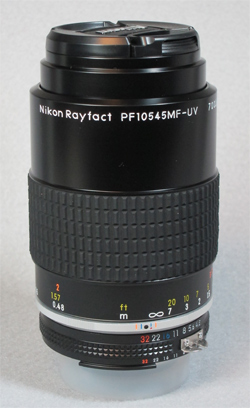You would be surprised how much chromatic does matter in designing lenses for 8 - 14µm, especially shorter focal lengths. Get it wrong and you can lose half the resolution at pixel frequencies. This is why you will often get ZnSe and Ge in the same lens unit.
Ah - interesting! I had always assumed there was a completely different reason for mixing ZnSe and Ge, namely cost.
I can imagine that designing a lens to operate over a 2:1 wavelength range must be challenging at best, particularly when you remember that the material properties change with ambient temperature (hence athermalized lenses). Very few visible light lenses can match that sort of performance.
Classic visible light lenses are optimised for perfect focus at two or sometimes three wavelengths (colours); even with the wide range of materials available to the modern lens designer, not to mention the computer power that can be harnessed to do the sums. According to Wikipedia,
a simple two-element air-spaced lens has nine variables (four radii of curvature, two thicknesses, one airspace thickness, and two glass types). The number of variables rises rapidly with the number of elements and, for a complex design, could number in the hundreds.
One of the few visible light photographic lenses I know of that is genuinely optimised for a comparable wavelength range, near-infrared through to near-ultraviolet (below 900nm to at least 220nm) is the
Nikon UV-105, 105mm f/4.5 Multispectral Imaging Lens, "an exceptionally sharp and distortion-free 105mm f4.5 variable diaphragm (iris) conventional manually operated lens" - there's a heck of a lot of information on that page and it's well worth a read, though it's of very limited relevance to thermal imaging. And the last time I checked it cost something in the region of US$7000. A fabulous lens if you need it, but you
really have to
need it.
